Category
Blog
Date
May 16, 2023
Author
Marco


You may find yourself constantly battling against overflowing drains and standing water after every rainfall. If this is the case, you’re not alone. Poor drainage is a common issue that can wreak havoc on your plants, lawn, and landscaping.
But fear not! With a few simple techniques and some careful planning, you can say goodbye to soggy garden woes and hello to a healthy, thriving outdoor space.
In this blog post, I’ll delve into the causes of garden drainage problems, their impact on your plants, and provide you with some effective solutions to help you get your garden back on track. Grab your tools, and let’s get started!
Well, the answer is pretty simple; blockage. Just like the drains in your home, garden drains can become blocked with all sorts of things that get washed down over time. And when that occurs, the water cannot flow anywhere but up and out of the drain.
The following are some of the most familiar offenders when we talk about blocked garden drains.
When you’re cooking outside, it’s easy to wash grease and fat down the drain without thinking twice about it. But over time, that fat can solidify and stick to the sides of the drain, creating a barrier that other debris can get caught on.
Leaves and other plant matter are also a common problem. The accumulation of these substances in the drain can lead to a blockage that hinders the free flow of water. And if you’re someone who likes to rinse off your gardening tools or pots outside, bits of soil and dirt can add to the problem.
But it’s not just outside debris that causes garden drains to overflow. Food matter like rice and other grains can also be a major culprit. When you rinse them down the drain, they can expand and create a blockage that’s difficult to clear.
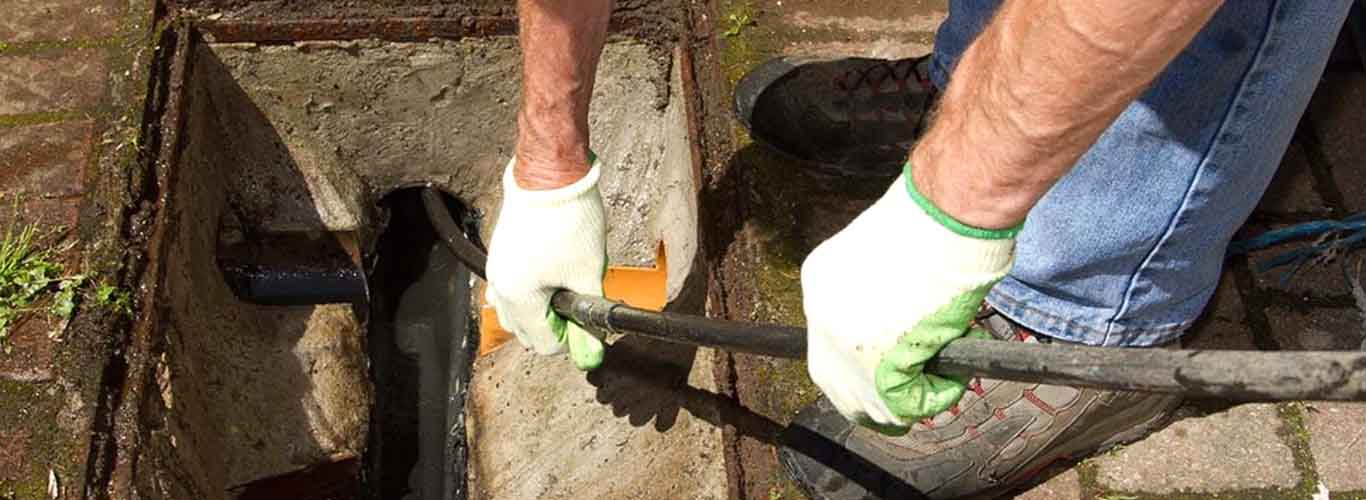
Caution: Remember, caustic soda is a powerful chemical that can cause harm if it comes into contact with your skin, eyes or if ingested. Always keep the manufacturer’s instructions in your mind and use protective clothing while handling it.
Before starting the process, putting on protective clothing, such as gloves and safety goggles, is essential to avoid any harm to the skin or eyes. You’ll also need a bucket of water and a few tablespoons of caustic soda.
Now, take the caustic soda and pour a few tablespoons of it down the drain, followed by some water. It is essential to handle caustic soda with care and avoid direct contact with your skin, as it can be hazardous.
The chemical reaction between the water and caustic soda will create a fizzing sound, which indicates that the mixture is working. Leave it for around 20-30 minutes.
After the fizzing has stopped, pour more water down the drain to wash away the loosened debris that has caused the blockage.
With the help of a plunger, remove the debris that has risen to the top of the drain. Scoop it out with a bucket or any other suitable tool.
If the drain is still blocked, you may need to repeat the process a few times until it’s fully cleared.
Note: If the blockage in your outdoor drain is stubborn and not clearing with this method, it may be time to try a more hands-on approach. You can use drain rods (as discussed in the next methods) or a broom handle to locate and dislodge any larger blockages.
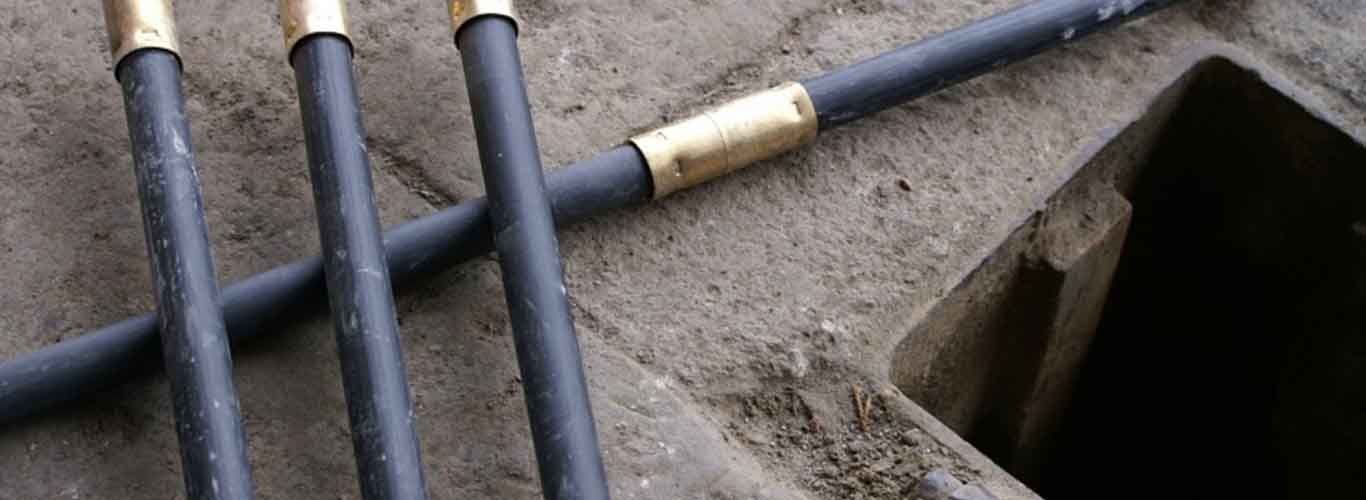
If you are facing a blocked drain that hasn’t opened even once you have used the caustic soda, you can follow this step-by-step guide to help you unblock your drain with a metal rod.
Before beginning, ensure you have suitable protective clothing and a set of drain rods.
Use a screwdriver or a handle to remove the drain cover. If it’s stuck, try using a rope to give it a good tug.
Check the drain chamber to see if it’s filled with water. If it is, the blockage will be somewhere after the chamber. If the chamber is empty, the blockage will be before it. Locate the chamber that’s between a full one and an empty one.
Wear protective gloves and insert the drain rods into the chamber. To avoid unscrewing the drain’s plunger attachment, slowly push the rods in a clockwise direction and avoid rotating them anti-clockwise. Push the rod through the blockage to break up any grease or grime.
After unblocking the drain, run clear water through it to rinse away any debris. Turn on your taps inside your house and let them run for around three minutes to check if the water is running normally.
Finally, pour a small amount of bleach down the drain to clean it thoroughly.
If the drain is still blocked after all your effort, there are other methods you can try.
Blocked drains can be a real nuisance, and if left without any checks, they can cause more serious issues. In some cases, persistent blockages may indicate a significant problem that needs professional attention.
If you’ve been experiencing blockages in your outdoor drain over an extended period, it’s time to consider calling in the experts. Professional plumbing or drainage companies have the knowledge, skills, and tools necessary to identify the underlying problem and provide an effective solution.
As proper drainage is critical to your home’s overall health and hygiene, it’s best not to delay in getting the issue resolved. Additionally, persistent wastewater contamination can create a breeding ground for harmful bacteria, leading to unpleasant odours and potential health hazards.
After clearing the blockage, you should take measures to prevent it from recurring. Here are some simple tips to help maintain a clear drain:

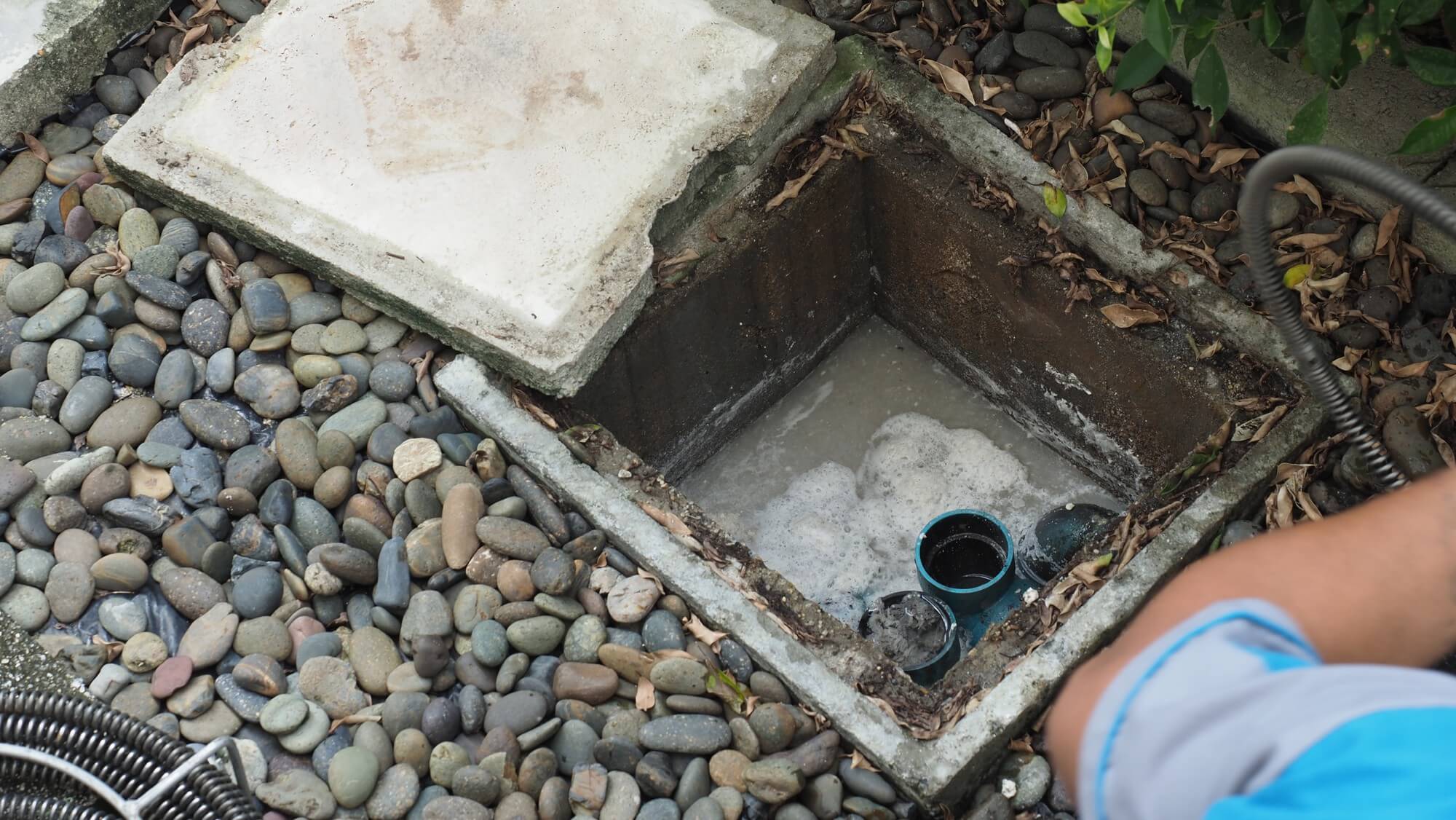
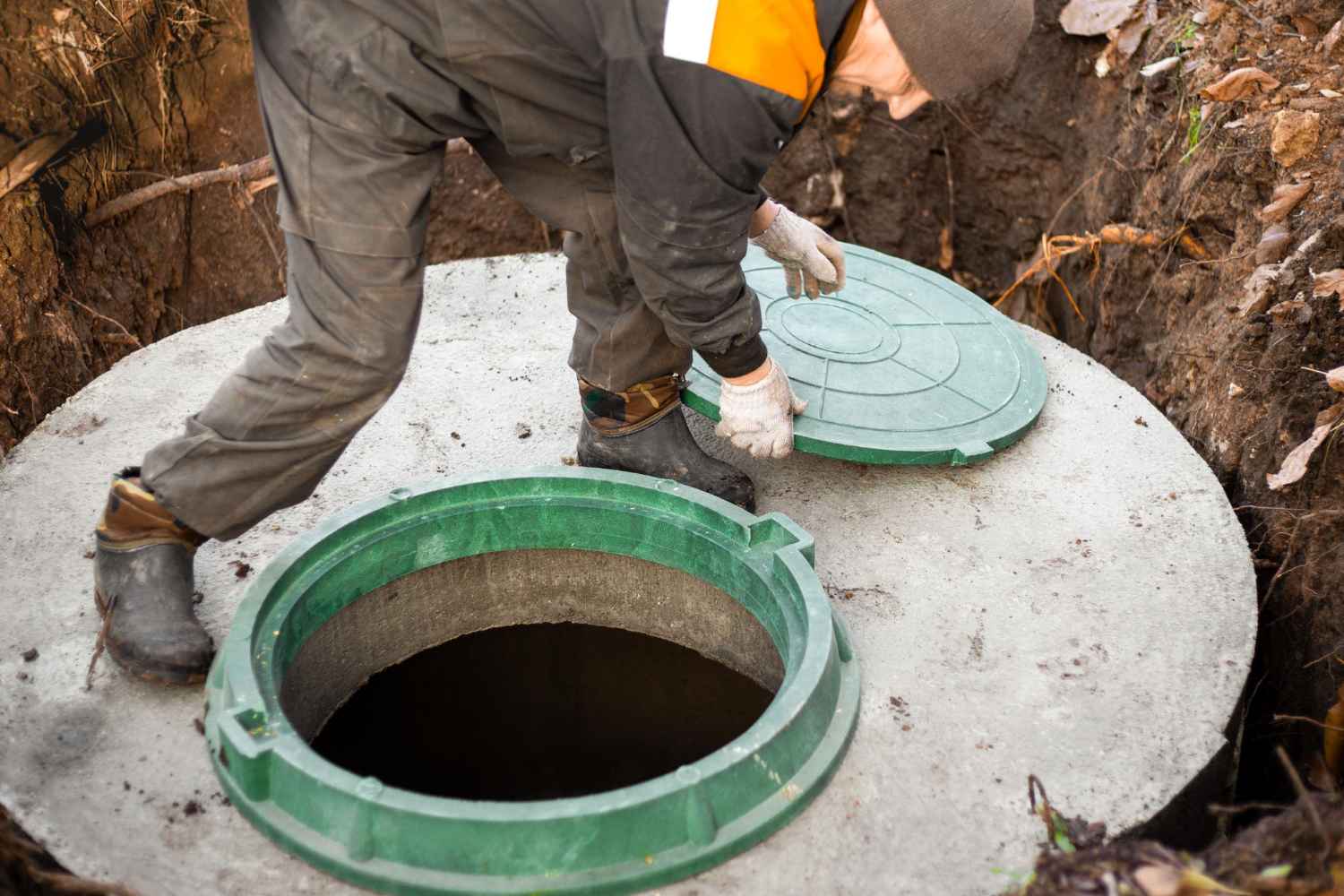

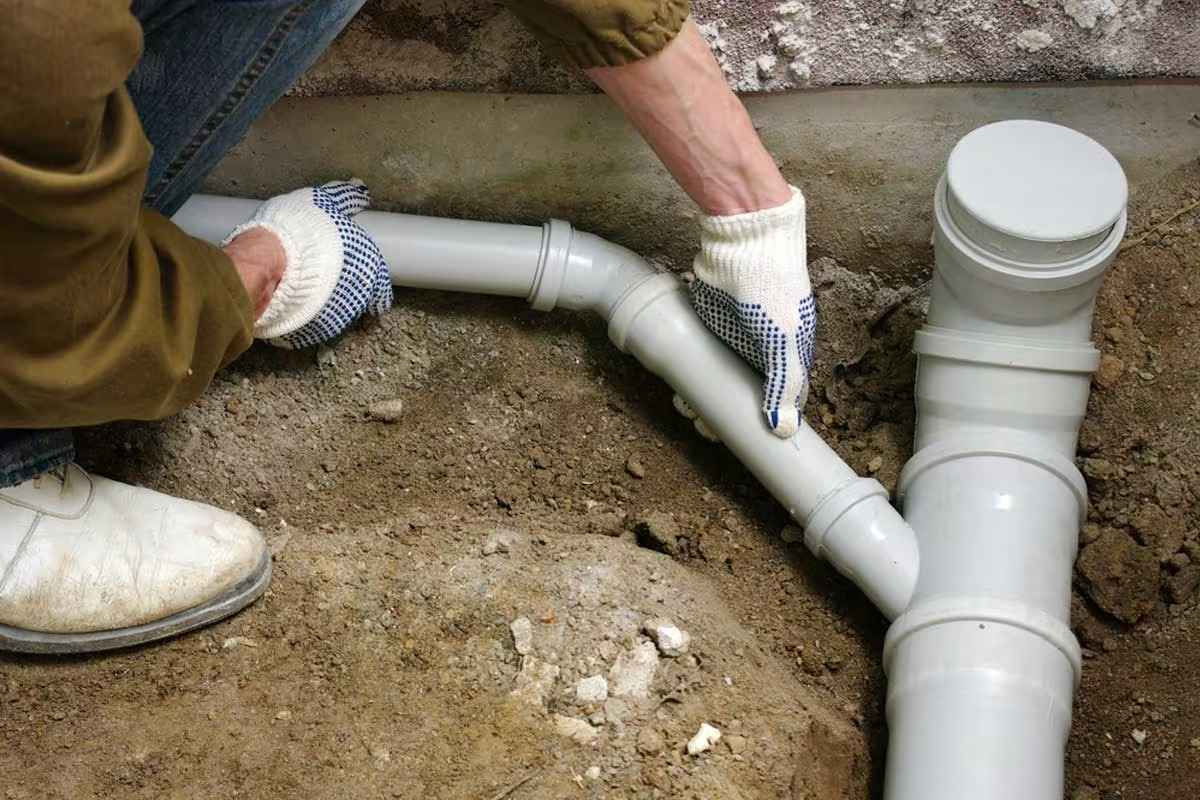
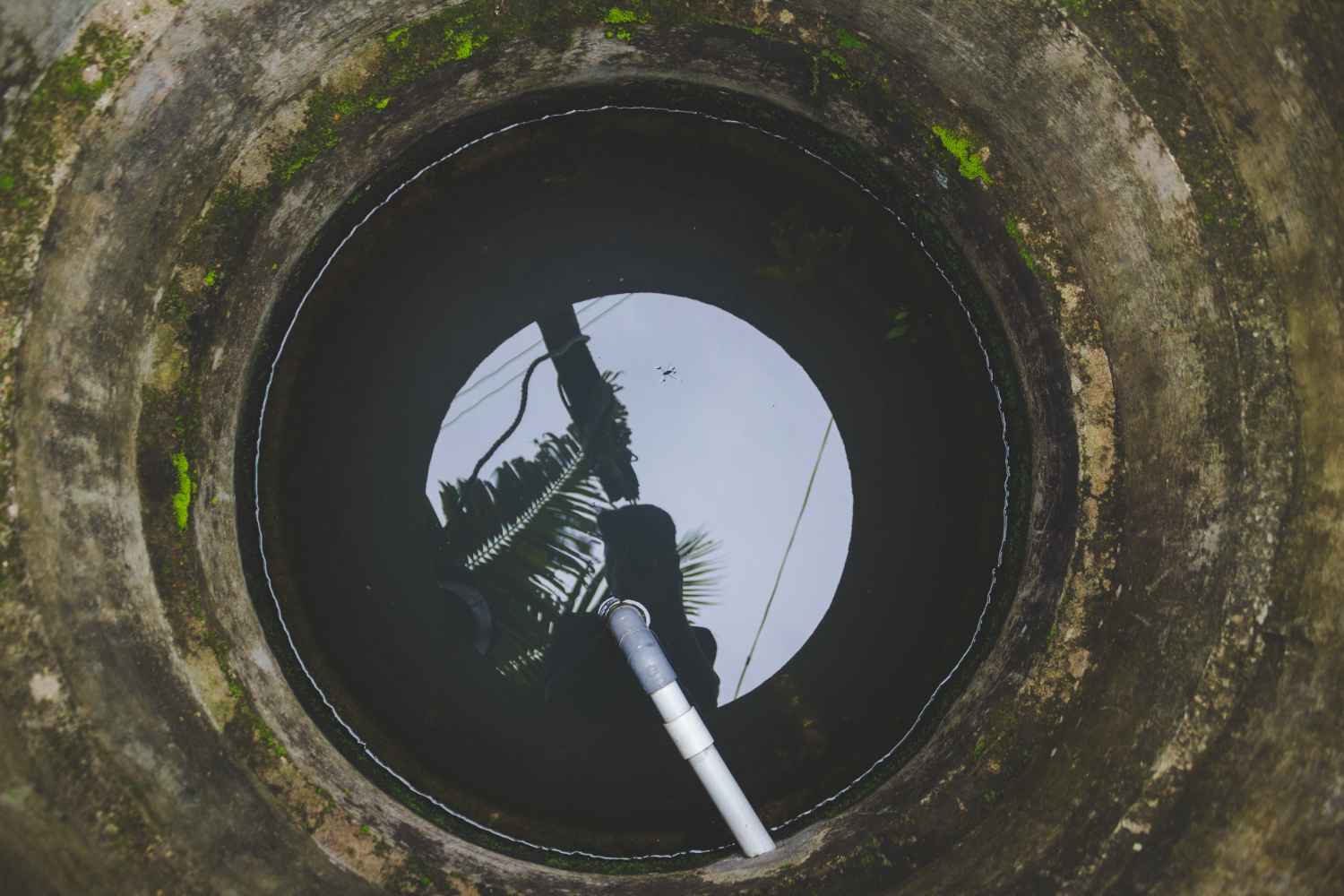
Areas we cover
Basingstoke | Southampton | Guildford | Bournemouth | Poole | Portsmouth | Crawley | Dorchester | Peterborough | Newbury | Christchurch | Gillingham | Swindon | Winchester | Reading | Oxford | Slough | Abbotswood | Sterte | Ascot | Stoughton | Broadstone.